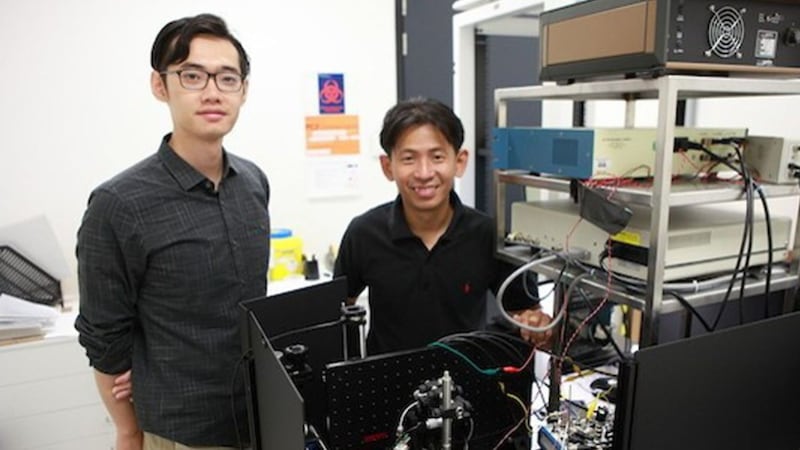Scientists have built a new highly advanced microscope that can film moving blood cells and neurons firing in the brain using barcode laser scanner technology – much like that used in supermarkets.
Engineers at the Australian National University (ANU) believe their invention is much more powerful than similar microscopes available commercially.
Lead researcher Dr Steve Lee said: “Scientists can use our new microscope to analyse complex medical problems ranging from blood disorders and cancer to neurological disorders.
“The microscope can speed up or slow down to capture the slow moving cells in a blood stream or live neurons firing rapidly in the brain, making it much more flexible than other microscopes on the market.”
Researchers say the laser technology uses several mirror facets – similar to retail barcode scanners and office laser printers.
While barcode scanners use a rotating polygon mirror that contains around 10 mirror facets, the researchers’ microscope is made up of 36 mirror facets, making it a much more powerful tool.
And like barcode scanners, which see laser beams bounce off polygon mirrors to scan and register the patterns on a barcode, the laser beams in the microscope scan biological samples in a few thousandths of a second to create visual renderings.
Dr Lee said: “We achieve the same imaging resolution of conventional scanning microscopes on the market but at double the speed.
“The innovation here is that we modernised the polygon mirror microscopy system with advanced electronics and software controls to enable real-time imaging applications, with up to 800 frames per second.”
The research is published in the Journal of Biophotonics.








